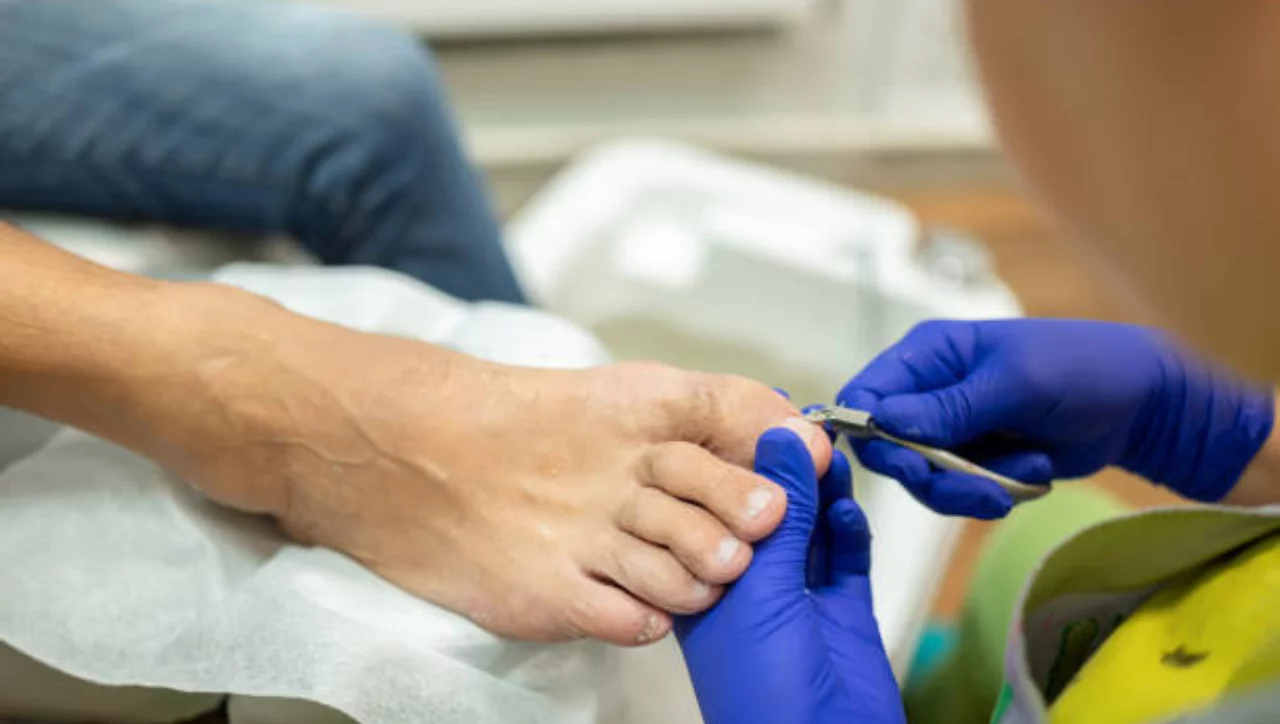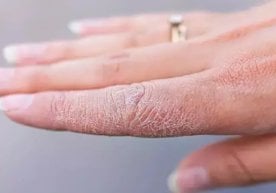
Ingrown toenails, when the edge of the nail grows into the surrounding skin, often lead to discomfort, pain, and even infection. This condition is especially troublesome in summer — open-toed shoes, the sea, sun, and contact with sand increase the risk of infection. Though painful, this condition is familiar to many and can be prevented and effectively treated.
What are ingrown toenails and why do they occur?
An ingrown toenail is when part of the nail grows into the skin, causing inflammation, redness, and pain. It most commonly occurs on the big toe. According to the U.S. National Institutes of Health, 20% of patients who visit doctors for foot problems suffer from this condition.
Main causes:
Incorrect nail trimming: Many people trim their nails in a curved shape, which causes the corners to grow into the skin. The correct method is to cut nails straight across.
Cutting too short or on an angle: This may leave a sharp edge that digs into the skin. This often happens when trimming nails yourself and small corner pieces are missed.
Tight shoes: Pressure from inside the shoe can push the nail edges into the skin.
Genetics: Some people are predisposed due to heredity. If your family has this issue, your risk is higher.
Foot shape and conditions: Bunions, fungal infections, or thickened nails also increase the risk.
Prevention tips:
.Trim nails properly: Leave a bit of length beyond the white edge and cut straight across without rounding the corners.
.Trim regularly: Every 3-4 weeks is typical, but it varies by individual.
.Choose wide shoes: Wear footwear that gives your toes enough space.
.Be cautious during pedicures: Salons often cut sides aggressively. Ask for nails to be cut straight across.
.Athletes — be careful: New cleats often cause ingrown nails. Alternate with older, broken-in pairs.
Treatment options:
At-home care:
.Salt soaks: Soak your feet in warm water with table salt or Epsom salt for 15 minutes every evening. This reduces inflammation and softens the nail.
.Use ointments: Thick ointments like Aquaphor soften skin and reduce discomfort.
.Monitor closely: Take pictures at the first sign of pain and show your doctor to track the condition.
Medical treatment:
If the nail is deeply ingrown and infected, minor surgery by a podiatrist may be necessary. The procedure is called a partial matrixectomy, where a part of the nail and its root is removed. Recovery takes 2–3 weeks and recurrence risk is lowered.
Conclusion:
Ingrown toenails can be uncomfortable and painful, but with proper care, attention, and medical advice, they can be prevented or fully resolved. If you're dealing with this issue, follow the tips above and consult a podiatrist when needed. With the right care, healthy nails can be yours too! Read “Zamin” on Telegram!
Ctrl
Enter
Found a mistake?
Select the phrase and press Ctrl+Enter Related news
Information
Users of Меҳмон are not allowed to comment this publication.
Users of Меҳмон are not allowed to comment this publication.









![[img]https://zamin.uz/uploads/posts/2025-11/532081a9](/templates/zaminuz/dleimages/no_image.jpg)



